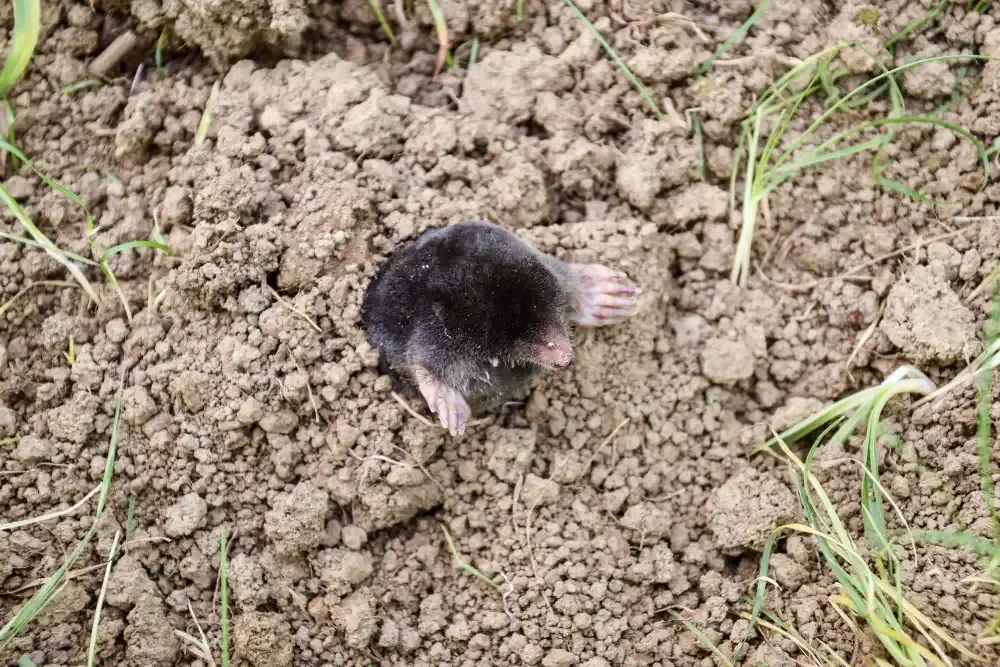Moles are not seen at present though. But when you start growing different fruits and vegetables in your garden, you may come across these kinds of moles that can spoil the vegetables and fruits in your garden. So today we will discuss in this post how you can easily catch these moles.

Moles, those small, subterranean creatures with velvety fur and oversized front paws, might seem innocuous at first glance. Yet, for those who tend to their gardens or lawns, moles can quickly become a nuisance, wreaking havoc on carefully manicured landscapes with their network of tunnels and molehills.
When traditional deterrents like repellents or sonic devices fail, it’s time to consider more direct methods of mole control. Enter the humble yet effective mole trap. In this comprehensive guide, we’ll delve into the world of mole traps, exploring their types, usage, effectiveness, and ethical considerations.
Understanding the Mole
Of course, before you catch any animal, you must know about that animal or insect and you must know the behaviour of that animal or insect well. Only then you can capture that animal or creature easily. Moles are insectivores, feeding primarily on earthworms, grubs, and other soil-dwelling invertebrates.

They burrow tirelessly, creating intricate tunnel systems as they search for food and establish territories. While their underground activities are beneficial in aerating the soil and controlling insect populations, excessive mole activity can damage plant roots and create unsightly mounds on lawns.
Types of Mole Traps
Below we have discussed some types of traps that you can use to catch moles very easily. Read below for details:
Choker Loop Traps

Choker loop traps work on the principle of strangulation. They consist of a loop that tightens around the mole’s body when triggered, effectively suffocating the animal. Choker loop traps are placed in mole runways, and when the mole passes through, it activates the mechanism, closing the loop around its body.
Gas or Smoke Bombs
While not strictly traps, gas or smoke bombs are sometimes used to drive moles out of their tunnels by introducing toxic fumes. However, these methods are less commonly used due to safety concerns and potential harm to other wildlife.
Harpoon Traps
Harpoon traps employ a spear-like device that impales the mole when triggered. These traps are inserted into active mole tunnels, and when the mole passes through, it triggers the mechanism, causing the harpoon to strike swiftly.
Spring-Loaded Traps

These are among the most common and traditional types of mole traps. They consist of a scissor-like mechanism that snaps shut when triggered by the mole’s movement. Spring-loaded traps are typically inserted into mole tunnels, with the triggering mechanism placed where the mole is likely to pass.
Proper Usage and Placement
In the above section, we have discussed which types of traps you can use to catch moles easily. In this section, we have discussed how you can easily catch moles by using traps properly and properly placed.
- First, Identify active mole tunnels: Look for fresh molehills or raised ridges in the soil, which indicate active tunnels.
- Now Follow the tunnel: Use a probe or stick to locate the direction of the tunnel and determine where to place the trap.
- Lastly, Set traps carefully: Follow the manufacturer’s instructions for setting traps to ensure they are properly triggered when the mole passes through.
Must Know About Effectiveness and Social Considerations
Mole traps can be very effective if you use them correctly, but you need to follow some precautions. So let’s take a look at the various functionality and social considerations.
- At first, choose traps designed to kill moles swiftly and humanely to minimize suffering.
- Select traps carefully so that no other species of animal, animal or beneficial wildlife is harmed by the trap.
- At last, check local regulations regarding the use of traps and any restrictions on trapping certain species.
In Conclusion
We hope that by reading this post you have learned how you can push back moles from your land or garden and protect your crops by using the right type of traps. If you like our post then you can share it with your friends and family.




